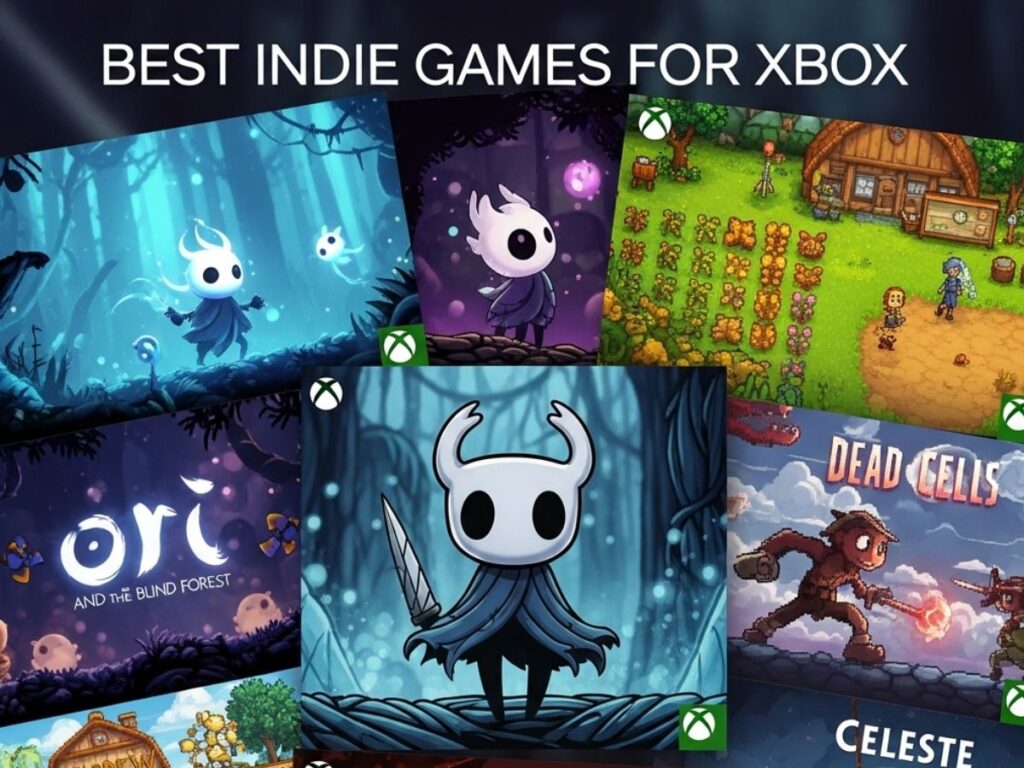Indie games with the most memorable characters
Big-budget games often get the spotlight for their cinematic storytelling, but indie games have quietly built worlds filled with unforgettable characters — the kind that make you care deeply, think harder, and sometimes even cry. These characters aren’t shaped by massive budgets or motion-capture suits. Instead, they’re brought to life through careful writing, expressive art, and emotional depth that stays with players long after the credits roll.
Independent developers have always had the creative freedom to take risks that big studios avoid. They don’t need to follow a formula, and that’s why their characters often feel more real, flawed, funny, brave, or just human in the truest sense. From silent protagonists who communicate through their actions to complex figures who challenge your morality, indie games have become home to some of gaming’s most authentic storytelling.
Also Read: Xbox Game Pass price hike announced but it may not impact some for the time being. Here’s why
Here’s a look at some of the most memorable characters in indie games, figures who prove that you don’t need millions in production to make a lasting emotional connection.
1. Hollow Knight (Hollow Knight)
The silent, nameless Knight from Hollow Knight has no dialogue, yet players form a deep emotional bond through exploration and perseverance. The minimalist storytelling and haunting design make the Knight an icon of quiet resilience, symbolising courage in a collapsing world.
2. Madeline (Celeste)
In Celeste, Madeline’s climb up a mountain becomes a metaphor for battling anxiety and self-doubt. Her journey isn’t just physical but deeply emotional, making her one of the most relatable and inspiring characters in indie gaming. Players saw themselves in her struggles — and triumphs.
3. Sans (Undertale)
Sans, the lazy skeleton with a sharp wit, redefined what an indie character could be. Beneath his jokes and laid-back nature lies one of the game’s most shocking turns. His charm and moral depth have made him a permanent part of gaming culture.
4. The Stranger (Journey)
While Journey blurs the line between indie and art project, its nameless character remains a masterpiece of emotional storytelling. The Stranger’s silent trek through a desolate desert, often alongside anonymous companions, evokes a profound sense of connection without a single word spoken.
Also Read: Sony and AMD reveal PS6 ‘gamechanger’ features: Smarter AI, better ray tracing, and faster memory
5. Mae Borowski (Night in the Woods)
Mae, a college dropout returning to her fading hometown, embodies the confusion and frustration of early adulthood. Through her eyes, players experience themes of depression, purpose, and belonging — all wrapped in a deceptively simple 2D art style.
6. The Kid (Bastion)
The Kid’s stoic determination in Bastion, paired with the game’s dynamic narration, gives every action meaning. As the world literally rebuilds around him, his quiet heroism makes him a standout figure in indie storytelling.
7. Red (Transistor)
In Transistor, Red, a singer who loses her voice, wields a talking sword that once belonged to someone she loved. The contrast between her silence and the sword’s dialogue creates one of the most poignant relationships in indie game history.
8. Clementine (The Walking Dead – Telltale Games)
Though from a small studio, Clementine’s story evolved over several seasons and captured millions of hearts. Watching her grow from a frightened child into a capable survivor remains one of gaming’s most emotional journeys.
9. The Knight and Hornet (Hollow Knight: Silksong anticipation)
Few indie characters have inspired as much anticipation as Hornet, the fierce protector from Hollow Knight. Her complex relationship with the Knight, mixing rivalry and respect, shows how indie games can craft layered connections without heavy exposition.
10. The Narrator (The Stanley Parable)
An unusual pick, but no less memorable — The Stanley Parable’s Narrator turns the player’s choices into a battle of wits. Sarcastic, self-aware, and sometimes unsettling, he transforms simple office exploration into a philosophical commentary on free will.
The heart of indie storytelling
Indie games remind players that memorable characters don’t always need elaborate cutscenes or celebrity voices. Sometimes, a pixelated figure, a short line of dialogue, or a haunting silence can say more than a blockbuster ever could. These characters stay with us because they’re built on emotion, not spectacle.
Whether it’s Madeline’s climb, the Knight’s silence, or Mae’s uncertainty, each of them represents what indie gaming does best — telling deeply human stories in the most unexpected ways.


